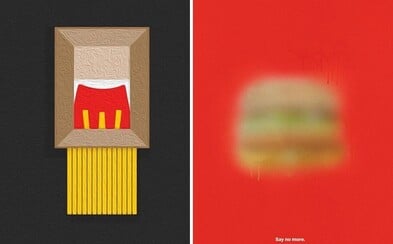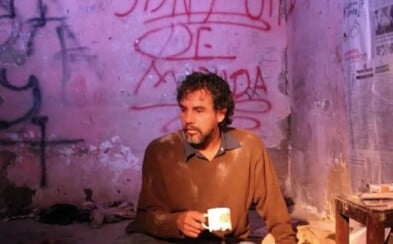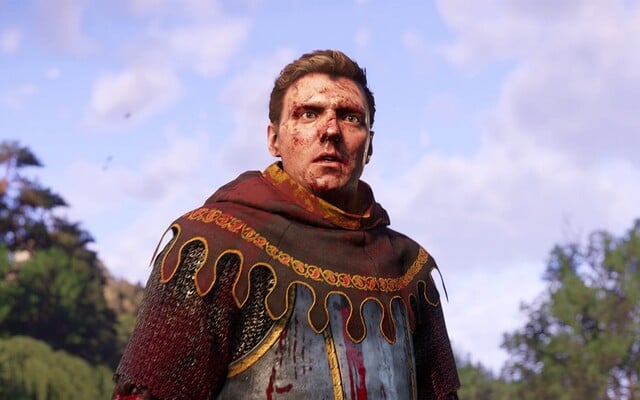 In Denmark, You Can Ski On A 450 Meter Long Roof Of A Waste Incinerator
In Denmark, You Can Ski On A 450 Meter Long Roof Of A Waste Incinerator
In Denmark, You Can Ski On A 450 Meter Long Roof Of A Waste Incinerator
In Denmark, You Can Ski On A 450 Meter Long Roof Of A Waste Incinerator
Beyoncé Sings About Basquiat. Let Us Introduce You To The Rebels With A Spray Can In Hand, Who Turned Graffiti Into Art
Street art is one of the few artistic trends that lived its own life.
If problems persis, please contact administrator.
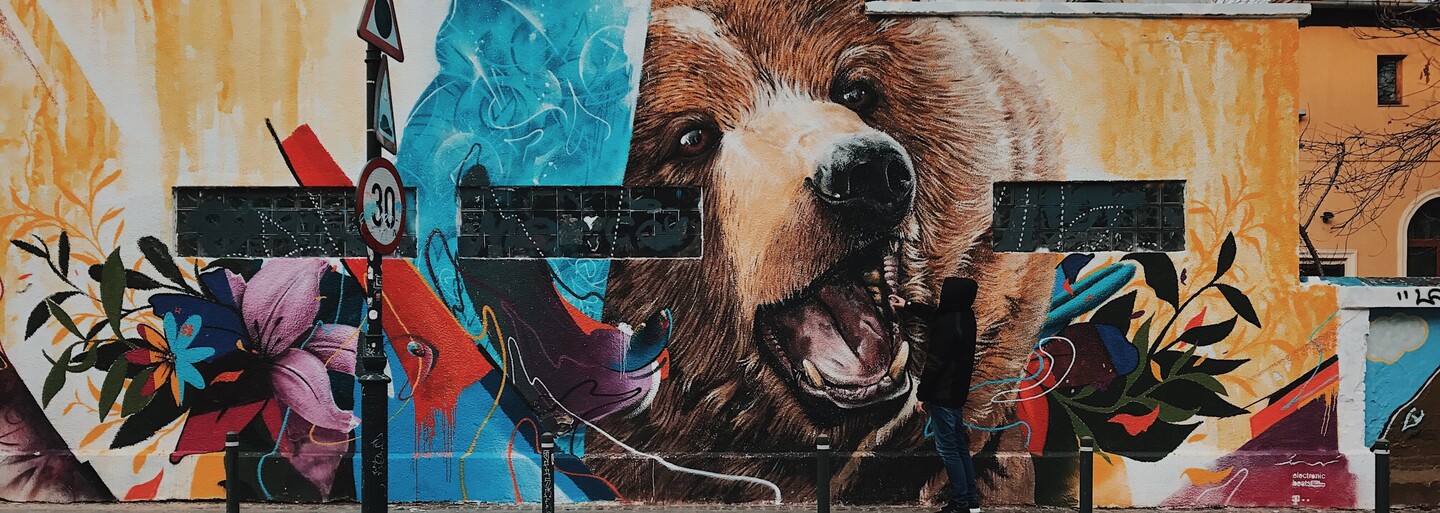
You are passing through a subway, which is long past its best days. You can't believe that so many shades of gray could exist. However, your eye is be drawn to the colorful painting that literally shines on the dirty wall. Do you stop to admire the work of an unknown artist or shrug your shoulders and move on?
The subculture of street art, which in the past represented rebellion and unrestrainedness, has become a more recognized form of art in recent years. Paintings have moved from walls to galleries, to clothing and packaging of everyday products. Street art inspired not only other artists, but also influenced culture and society as such.
Once upon a time, any street painting would cause a wave of indignation, now painted playgrounds are a welcome change. Behind the development of street art culture and art are several well-known names whose works sparked the revolution of this artistic direction. Come meet them and find out how their paintings got from the wagons to the galleries or clothes.
From military messages to the mainstream
Prehistoric cave paintings or hieroglyphs in the tombs of pharaohs could be considered the first form of graffiti. A version that is more similar to today's street art was created by American soldiers during the Second World War. At the places they passed, they left the note "Kilroy was here" (Kilroy was here) along with a simple drawing of a bald guy with a big nose. Through cartoons, they expressed solidarity with each other and supported each other from a distance in difficult times.
Street art began to gain popularity around the early 1970s with the emerging hip-hop subculture in New York, which, in addition to music and fashion, influenced the emergence of a new form of visual art. The first street art artists were called taggers, they left signs and stylized signatures in the streets. The most famous were TAKI 183 and JULIO 204. They competed for who would have the most distinctive tags in the best places. "Tags," which you see everywhere today, became popular decades ago.
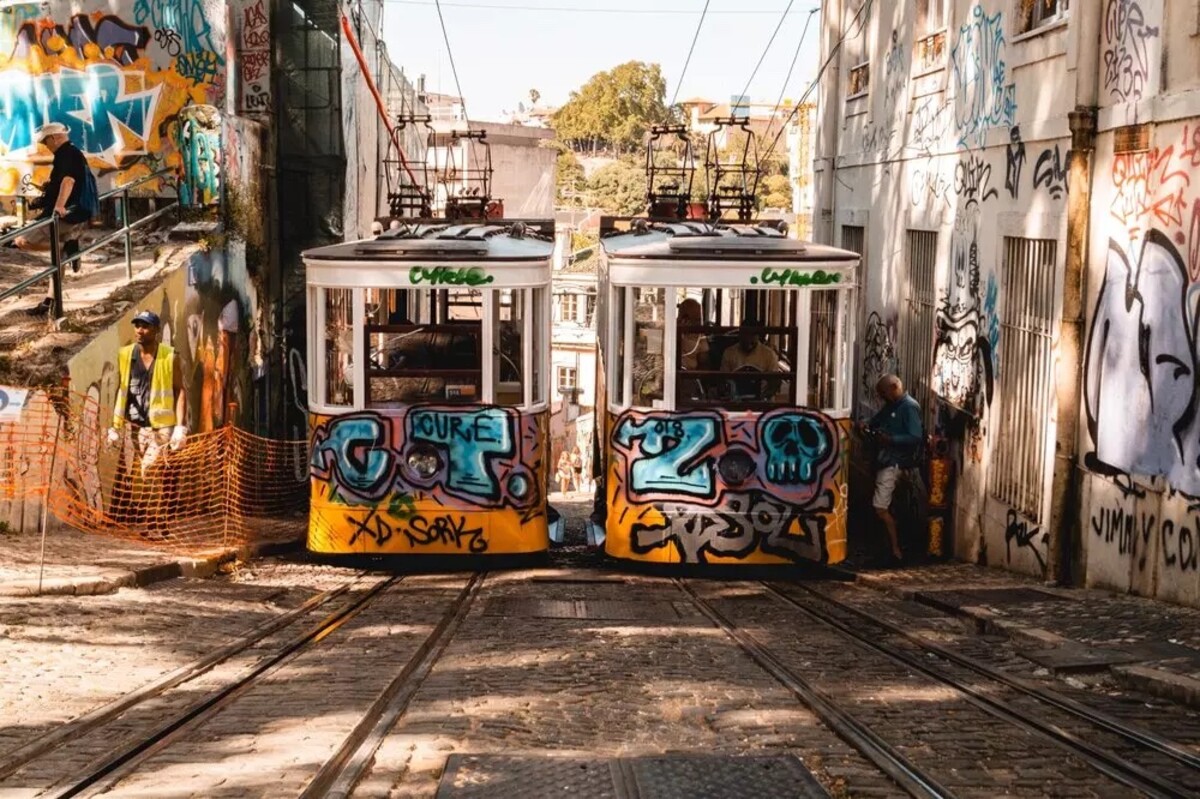
The Tagers wanted their works to be seen by as many people as possible, so train and subway cars became a popular "canvas". Simple marker or spray signatures became more and more colorful and complex, until they evolved into graffiti.
In the early 1980s, street art began to change. Authors did not create works based only on text, they added images, illustrations. They began experimenting with different techniques and materials, such as spray stenciling and gluing collages with wheat paste.
Jean-Michel Basquiat
He is considered a pioneer of street art, as he took his art from the streets to the galleries. Jean-Michel Basquiat was a self-taught painter and initially tagged the streets of New York with his signatures under the pseudonym SAMO. He was already starting to attract the attention of the media, which peaked even more after he met Andy Warhol.
He developed his tags into the typical three-pointed crown and motifs that celebrated African-American culture, criticized racism, injustice and hypocrisy. His paintings were characterized by energetic doodles, mysterious symbols, figures, masks and skulls.
Despite his short life - he died at the age of 27 from a heroin overdose - he managed to leave a strong mark not only in the world of art. His works are placed in prestigious galleries and still live today as part of collaborations with various brands, for example Converse, Dr. Martens or DC.
Zobraziť tento príspevok na Instagrame
Keith Haring
In addition to Basquiat, Keith Haring was another important name in the world of street art, whose distinctively colorful, but also black and white paintings of various stylized characters with characteristic thick lines are typical. After arriving in New York in 1978, he discovered an underground scene of young musicians and artists, including Jean-Michel Basquiat.
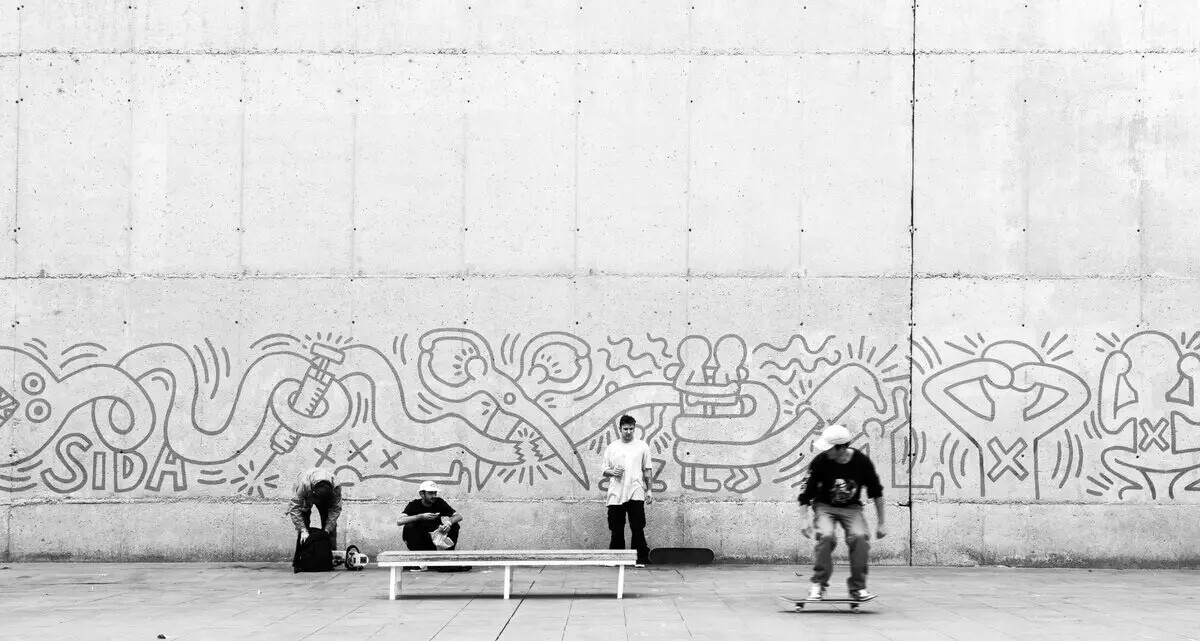
Like Basquiat, he began in the subway tunnels, where he atypically chose disused black advertising panels instead of carriages, on which he drew with white chalk. During five years, he filled several stations and subways with his drawings, thanks to which he gained a lot of attention. Soon he exhibited in a gallery, created an animation for a billboard in Times Square or created a design for a Swatch watch or collaborated on an advertising campaign for Absolut vodka.
Through his work, Haring devoted himself to activism and the LGBTQ community. After he got AIDS, he tried to raise awareness about this insidious disease and started his own charity. Similar to Basquiat, you can see his works in several collaborations not only with fashion brands, and it cannot be denied that they are a constant inspiration for contemporary artists.
Zobraziť tento príspevok na Instagrame
Shepard Fairey
The most influential artist of modern street art is a political and environmental activist, and critics have called him the Andy Warhol of this generation. His works draw attention to social issues such as gun control and climate change. You may not even know that you know his work - a black-and-white stylized portrait of a fighter called Andre the Giant, to which the inscription OBEY was later added in a red stripe. Today, the term is rather well-known for a clothing brand.
Another iconic piece became a poster called Hope, which depicts Barack Obama. He created the latter independently in the run-up to the 2008 presidential election. The future president's campaign adopted the poster, making it an impact unlike any other piece of art before.
Zobraziť tento príspevok na Instagrame
He provides some posters for free on his website or through the media for protesters and activists to use. Many of his creations, including Obey and Hope, have become a cult, as their artistic style is borrowed by artists and brands all over the world.
Banksy
The most mysterious and definitely the most famous figure of street art - Banksy. He uses irony and satire in his works and is not afraid to criticize and point out various social problems. It attracts attention not only with its anonymity, but also with its original artistic expressions, among which there are not only ordinary paintings in the streets - for example, a painting that was destroyed by itself directly at the auction or a painted live elephant.
Banksy later exhibited his work in galleries, but he also remained faithful to street humor. In 2000, he produced 100,000 fake British banknotes, which featured a photo of Diana, Princess of Wales, and changed the text Bank of England to Banksy of England. For his Barely Legal exhibition in Los Angeles in 2006, which attracted a celebrity crowd including Brad Pitt and Angelina Jolie, he rented a live female elephant, which he painted in the same red and gold pattern as the wallpaper behind it.
His work is sold at auctions for millions of dollars. Banksy became one of the first street art artists to be part of the commercial art market. Graffiti usually adorns buildings temporarily, but his works have endured for their current value even though they were considered illegal at the time of their creation. Many building owners have profited from becoming "owners" of the original Banksy.
Zobraziť tento príspevok na Instagrame
The mentioned artists are only the tip of the iceberg, but they are definitely the most interesting characters who gave this artistic direction a new dimension. Since it is very closely connected to the culture that arises on the street and is often a response to current events, it is still evolving. Artists use various techniques in their work, they create not only static works, but also various "performances" or projections. Cities are increasingly hiring them to beautify public spaces.
Thanks to the aforementioned artists, street art changed from from despised tags and paintings in the streets to a recognized artistic direction from. It connects generations that spend their free time in the streets, but also different communities - skaters, artists or athletes.
If problems persis, please contact administrator.



